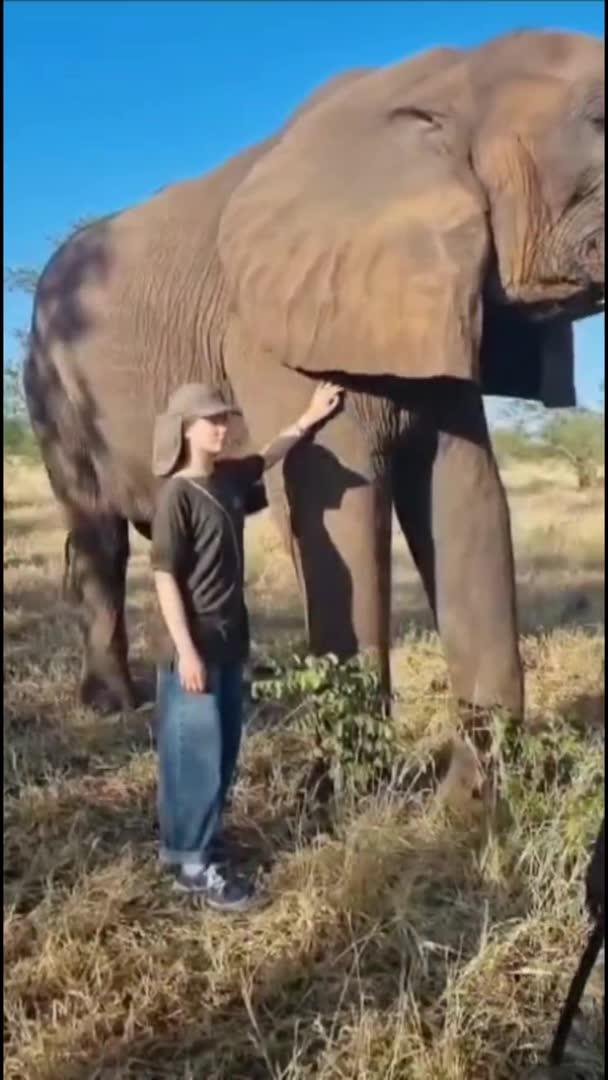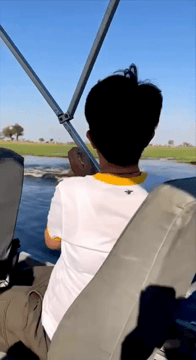
Elephant Migration Routes: Clubs, Laws, Geography and Demographics. Tracing the Historic Pathways of Africa’s Giants Elephants are among the most iconic and intelligent mammals on Earth, known for their complex social structures, memory, and migratory behavior. Historically, elephant migration routes have been vital corridors connecting ecosystems, allowing these majestic creatures to access resources such as water, food, and breeding grounds. However, human activity, habitat fragmentation, and climate change have significantly disrupted these ancient pathways. Understanding historic elephant migration routes not only sheds light on their natural behaviors but also highlights the urgent need for conservation efforts to preserve these critical corridors. Nature’s Blueprint: Mapping the Historic Migration Routes Historically, elephants in Africa migrated across vast distances, often spanning hundreds or even thousands of kilometers. These routes were shaped by seasonal changes, rainfa
Post: 14 July 18:25
















































